Why a Volcano Is Crucial to This Azorean Chef’s Homestyle Stew
While male chefs make cozido gourmet, Teresa Casada sticks to tradition.

When Teresa Casada was growing up on São Miguel, an island in the Azorean archipelago midway between America and Portugal, she’d visit friends on weekends in the misty, hot-spring-fed parish of Furnas and be amazed. Families there would tuck a pot of meat and vegetables in a hole in the ground. Six hours later, without them doing anything more, the food would come out cooked in a flavorful stew with a sulfuric tang. This was cozido das Furnas, a twist on traditional Portuguese cozido stew that’s cooked by Furnas’s natural volcanic heat.
The nine mountainous islands of the Azores, which are lush with grass, palms, pines, and wildflowers, are newborns by land-mass standards. They’re located on a ridge where the North American, African, and Eurasian tectonic plates collide; volcanoes formed some of their islands as little as 300,000 years ago. (In contrast, Pangea started breaking up into the current continents some 200 million years ago.) The Azores still hiss with geothermal activity, especially around Furnas, where a volcanic crater formed an impressive caldeira lake.
Azoreans take advantage of their hot springs for soaking, and they use their fumaroles—hissing natural steam vents where volcanic gas billows from underground—for cooking. This steaming-by-volcano method is rare. Cooking over lava goes on in Hawaii, a restaurant on the Spanish island of Lanzarote built a volcano-heated grill, and in Iceland, bakers deposit boxes of dough to create a dense bread. But burying pots of stew in pits like this is unique to the Azores.

In mainland Portugal, the tradition of villages making cozido dates back hundreds of years, and the history of cozido das Furnas is said to go nearly as long. (Archaeologists have found hints of a human presence in the Azores thousands of years ago, but the Portuguese found the islands uninhabited around 1427.) Families long enjoyed the local cozido—which usually included pigs’ ears, pork belly, chicken, taro root, carrots, cabbage, and garlic, along with a blood sausage called morcela—as a festive weekend dish.
Since 2007, Teresa Casada has been chef and owner of a cozy snack bar-restaurant called Vale das Furnas. She keeps those celebratory old traditions in mind as she makes her stew. At her restaurant, she wears a tidy plaid vest of the same bright blue seen on Portuguese azulejos, the traditional glazed tile signs found on streets and buildings all over the Azores.
“[Azoreans] prepared cozido not only because it was cheap, but because it was special cooking and tasted different for when the family got together,” she tells me through a translator, sitting down at my table after dinner service one spring night at the restaurant. “They used what they wanted in the pot—potatoes, carrots, their own pigs from the backyard.”
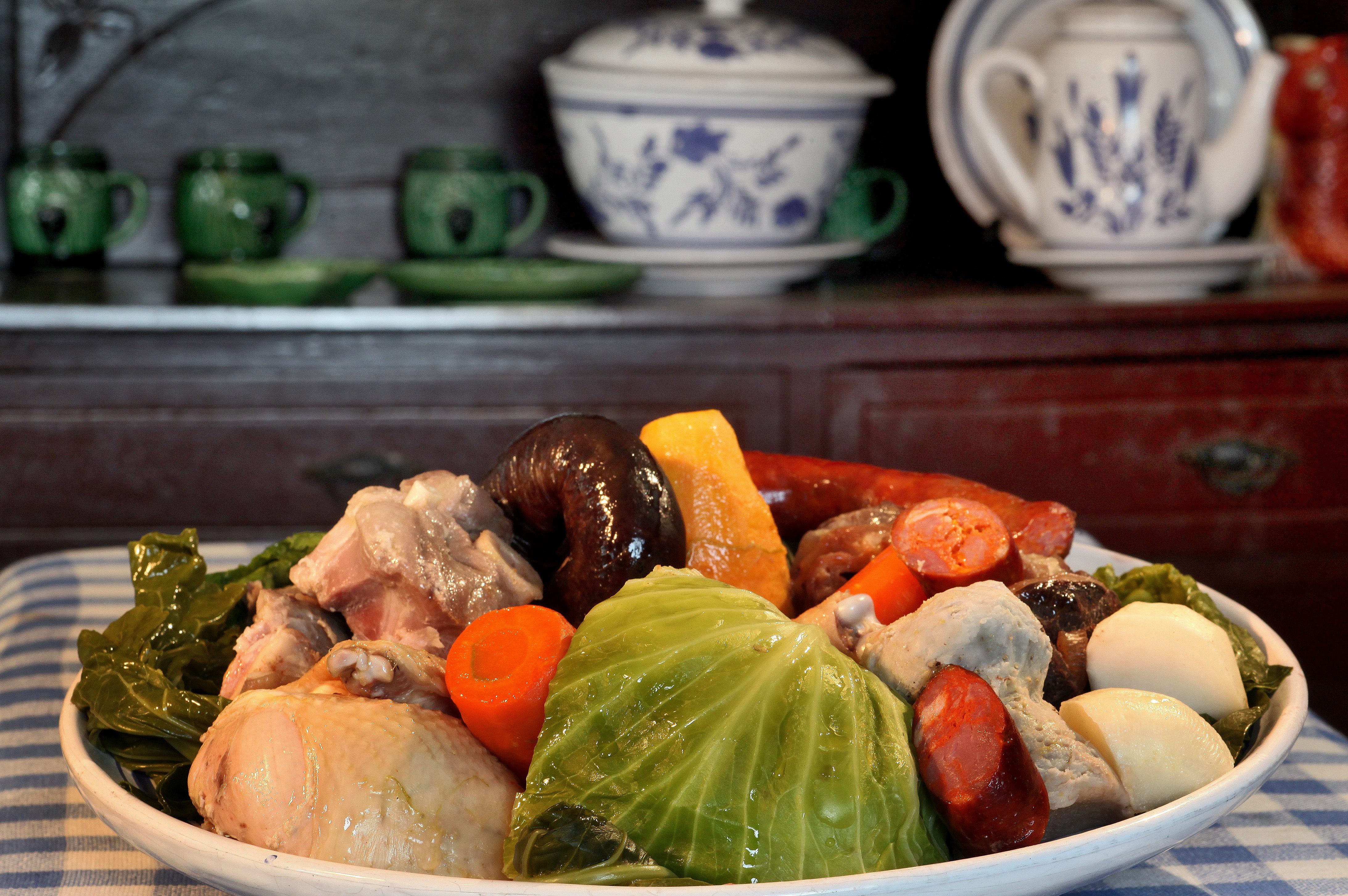
These days, Casada explains, up to 60 restaurants (and a handful of home cooks) place pots of cozido in the ground along Furnas’ caldeira lake between 4 and 6 a.m. every morning, as mist rises from around the shore. Each restaurant claims its own regular cooking hole among the moonscape of pits, Vale das Furnas among them.
The night before, Casada rubs the meat with garlic, salt, and pimenta da terra, a popular regional red chili known as “pepper of the earth.” She layers root vegetables at the bottom of the pot, meat next, and green cabbage on top. Not a drop of liquid is added—the steam will bring out the inner juices of the ingredients, creating a natural sauce. Her husband, Juan Antonio, places the pot one meter into the earth and goes on with his day. Casada will hit the restaurant kitchen several hours later.
Having cooked for 28 years now, Casada describes herself as “old-school.” She came to Furnas as a teenager, in part because she needed the work, as she says her family was poor. Most of the cooking in Furnas is done by women, but since approximately 1989—when tourism began picking up on the islands, and cozido first started appearing on local restaurant menus—she’s seen male chefs trained on the European continent experiment more with the stew. They present it gourmet-style, in grand platings, at some of the village’s upscale hotels. They tie bundles in muslin to cook, and describe it as having been prepared sous vide.
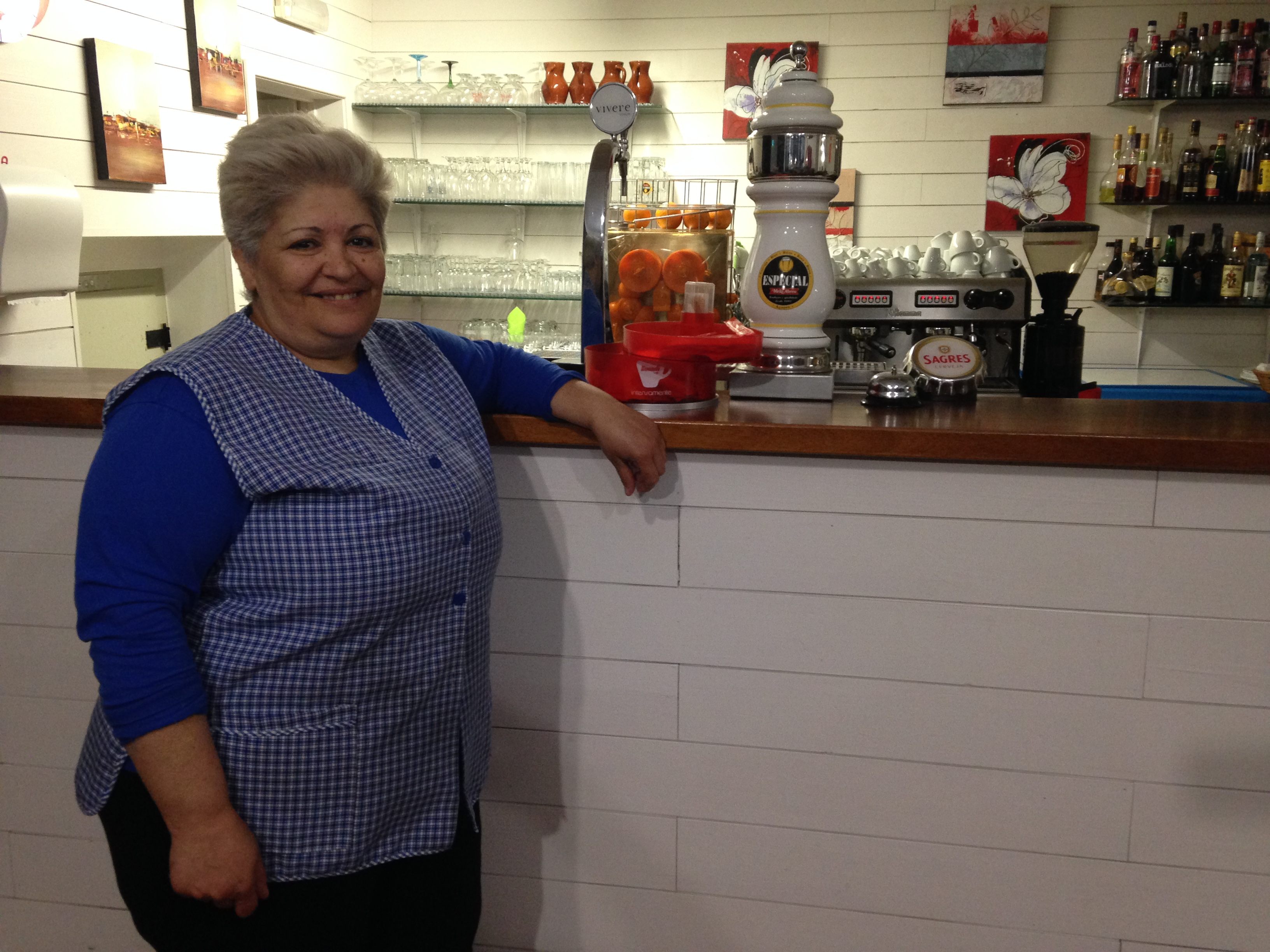
Casada keeps it homestyle. She worked at Vale das Furnas as a cook for years, then had the chance to co-own the place when the previous owner sold it. She and her sister Ana Oliveira, co-owner of another local restaurant, are now proud to be the only female cooks in town making traditional cozido for the public. She says she’s not intimidated by the often culinary-schooled male chefs. “Of course with the new chefs and with new techniques they have learned to make their dishes very tasty,” she says. “But I have the school of life with 28 years of cooking.”
Over the years, Casada has added beef brisket, yam, and kale to her dishes. The ingredients were less common when she started out, but are considered part of the tradition now. She uses a basic 40-liter aluminum pot, which she believes distributes the heat more evenly than stainless steel, and covers it with cloth.
Her timing is relaxed. If it cooks six hours, that’s enough; if it extends to eight, she says, that doesn’t hurt the stew, either. Her presentation is simple: She piles the results all together on a metal plate, on a table set with lime-green paper napkins flaring from wine glasses. The Azores are becoming known for their tropical, mineral-rich volcanic wines, grown on vines surrounded by black basalt rock rather than earth. But tonight I choose Kima, a tart local soda made from maracujá, or passionfruit.
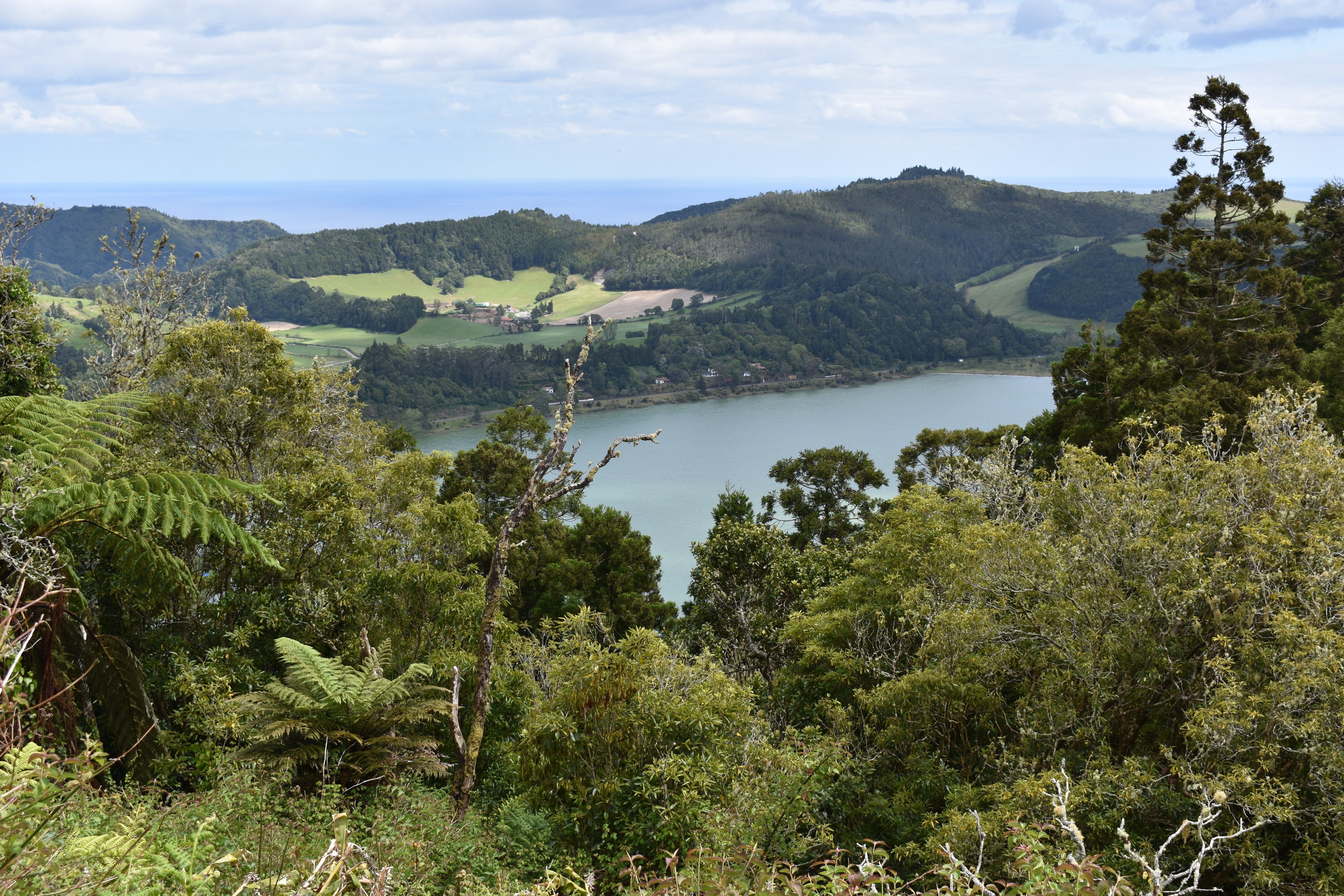
I pull a mess of tender sausage, beef, and veggies off the platter. On top I pile a fatty, soft pig ear, which makes pork belly seem as light and healthy as tofu, and the decadent, no-limits sense of feasting immediately sets in. The blood sausage is relatively sweet—Azoreans are particular about adding cinnamon to it. There’s a definite earthiness to the stew, and I swear I can taste the ineffable bite of sulfur.
Later, I ask Casada if she would ever change anything else about the cooking technique, ingredients, or any other aspects of the cozido. The three ingredients she’d conceded to add over the years seem to have stretched tradition enough—her eyes widen at the thought of doing anything differently with this special volcanic cooking. “Place to place, people have their own traditional things to do,” she says. “This is ours.”
Gastro Obscura covers the world’s most wondrous food and drink.
Sign up for our email, delivered twice a week.




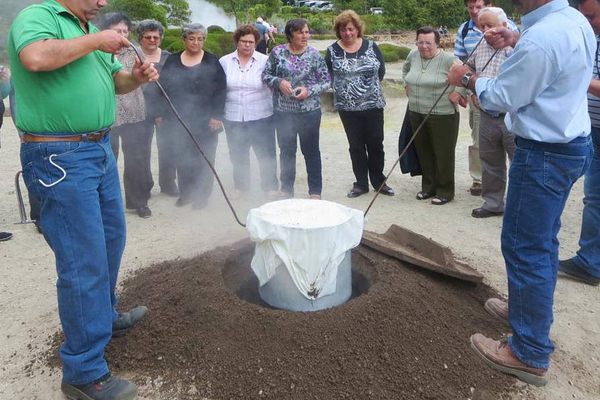

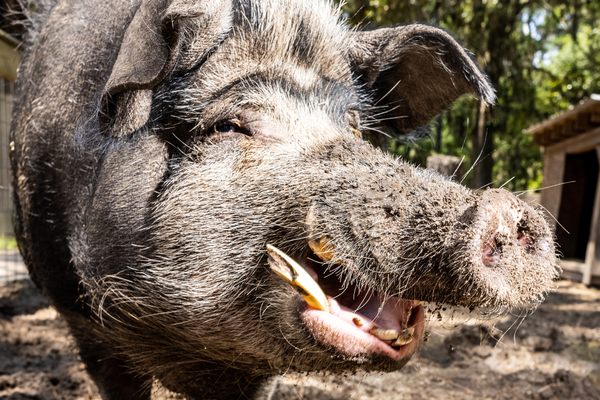

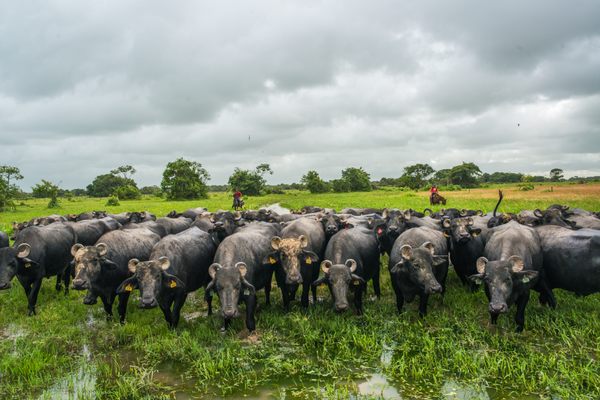
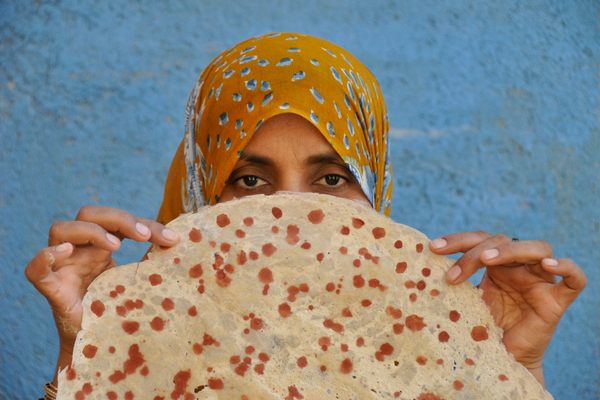












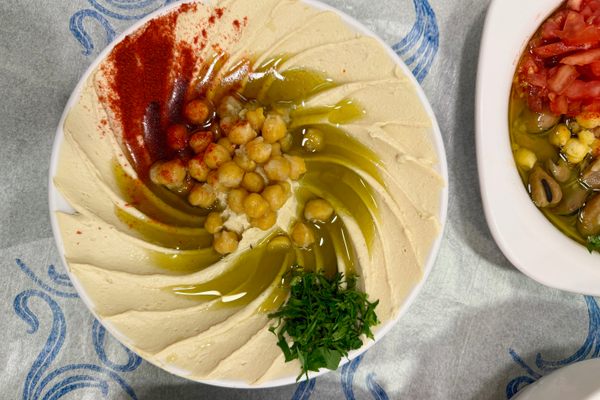





Follow us on Twitter to get the latest on the world's hidden wonders.
Like us on Facebook to get the latest on the world's hidden wonders.
Follow us on Twitter Like us on Facebook